Emerging technology and its impact on business
 Image: Shutterstock
Image: ShutterstockThe ubiquity of emerging technology
Just a few decades ago, deploying cutting-edge innovations was the domain of IT and ITeS firms. This was especially true of emerging technologies, misconceptions about which have led to companies considering them relevant only to start-ups and tech firms. However, an extremely competitive and cutthroat economic landscape has made it essential for businesses across geographies and industries to embrace these technologies, if they want to set themselves apart.
Despite this, too many enterprises are guilty of ignoring the potential that these innovations have for their industry or business. Here are a few of the unconventional ways in which these technologies are being harnessed, and can prove useful to enterprises across the board.
Big Data, Big Potential
The fact that big data can play an invaluable role in helping businesses succeed is no secret. However, its potential has remained largely untapped, with Forrester reporting that only 29% of businesses are successful at converting analytics into action.
The use of these insights is often restricted to marketing activities, and while that is definitely important, big data can also be leveraged to devise or tweak a brand’s offerings. For instance, a study in the USA sifted through more than 900,000 food reviews to find that sandwiches with bacon see the biggest improvements in ratings. Insights like these can help ventures optimise their offerings to align with customers’ tastes, thereby maximising profits.
And that’s not all. The big data revolution has given birth to entire companies and industries. Genetic testing companies like MapMyGenome, 23andMe and Ancestry have built their ventures upon analysing scores of data to give their customers an in-depth understanding of their health or heritage. As groundbreaking as these ideas may seem, they’re just a few of the many ways in which businesses can leverage big data for success.
Computing for the Future
If there’s one emerging technology that has been grossly underutilised and misunderstood, it’s cloud computing. After all, most executives’ minds immediately spring to storage, when the innovation is brought up. However, when used right, the cloud has enormous potential that can be harnessed to perform a number of tasks in many industries.
Cloud computing can be used to perform a wide variety of lengthy, compute-heavy tasks. In March 2019, Google Cloud’s infrastructure was actually leveraged to break a GUINNESS WORLD RECORDS™ title! Developer Advocate Emma Haruka Iwao computed the value of Pi to 31.4 trillion decimal places, using the game-changing technology.
The emerging technology is also being deployed to develop prototypes in the life sciences, lower efficiency ratios in financial services, provide cross-platform gaming solutions, and securely store national security information.
All these success stories are a testament to the power of emerging technologies, and the impact they can make when executives free themselves of preconceived notions about their uses. A little out-of-the-box thinking, combined with close collaboration with service providers, can result in tech-driven success for every business!
Artificial Intelligence, Real Impact
One of the more prevalent emerging technologies, artificial intelligence is a powerful companion to big data. Insights derived from a combination of the two can help organisations scale new heights. However, artificial intelligence is now finding a whole new set of applications in an unexpected sphere – customer care. Conversational commerce has skyrocketed in popularity, owing to the plethora of voice and chat-based assistants. Though this trend has been on the rise for the last few years, the near-ubiquity of smart speakers and home assistants like Google Home is further fueling the growth of AI.
In addition to this, some of the technology’s most groundbreaking applications are evident in fields like healthcare, whose association with technology was traditionally limited to medical equipment. Today, though, AI and ML are being leveraged to administer preventative healthcare to individuals and societies at large.
Soaring High with Autonomous Vehicles
When people think of how self-driving vehicles are revolutionising business, their minds immediately spring to their use in delivering goods. However, autonomous vehicles’ applications go far beyond just unmanned delivery.
Though it is still in a nascent stage, the technology is already revolutionising a number of industries. Most notably, self-driving cars are already being deployed in mineral exploration, where they are being used to haul materials at the mines and to ports, without endangering any human lives.
Self-driving drones are also seeing a rise in popularity across geographies and sectors. One such industry is the media, where these vehicles have served as a great equaliser, allowing even smaller outlets to capture high quality aerial shots. However, unmanned aerial vehicles (UAVs) or drones have also proved useful in environmental monitoring, conservation and last-mile disaster relief. Recently, they were even used to provide relief to areas affected by Typhoon Haiyan and Hurricane Sandy.
Breaking Free of Bitcoin
When people think of blockchain, they think of cryptocurrencies. And while the two are closely connected, the applications of blockchain go far beyond just facilitating crypto transactions.
One of the most popular uses of the technology is its application in supply chain management. With blockchain, businesses can simplify and track supply chains that are becoming increasingly complex, and geographically widespread. Digitising different components of the supply chain helps businesses track their operations in real-time, and eliminate any kinks in the process.
Blockchain is also being leveraged to ensure freshness, safety and sustainability across the food supply chain, by connecting farmers, distributors and retailers. In New Zealand, it is also being used to support ‘net-to-plate’ fishing, which can help determine when and where a fish was caught, so that customers can support ethically-sourced catch.



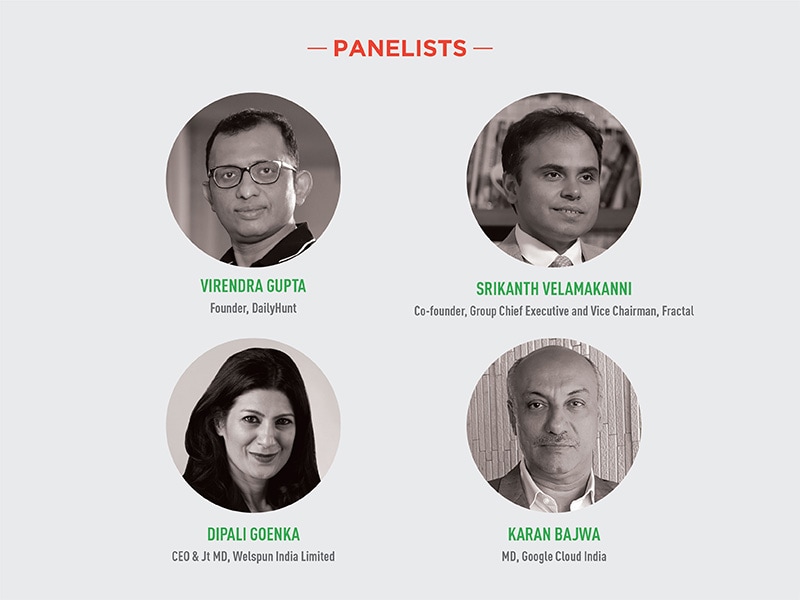
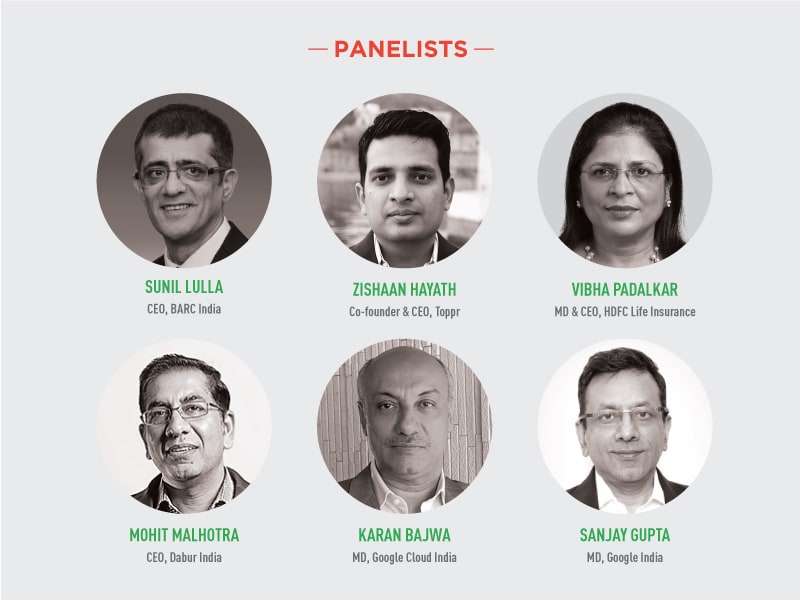
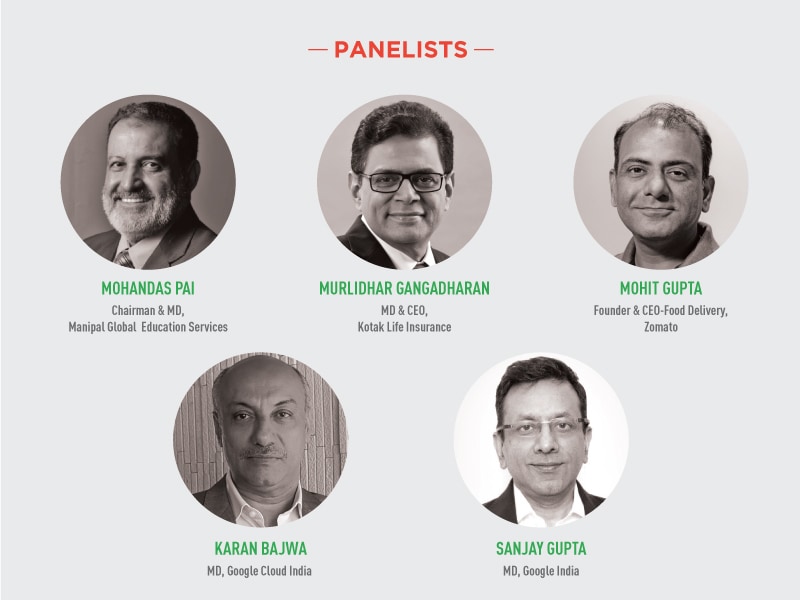
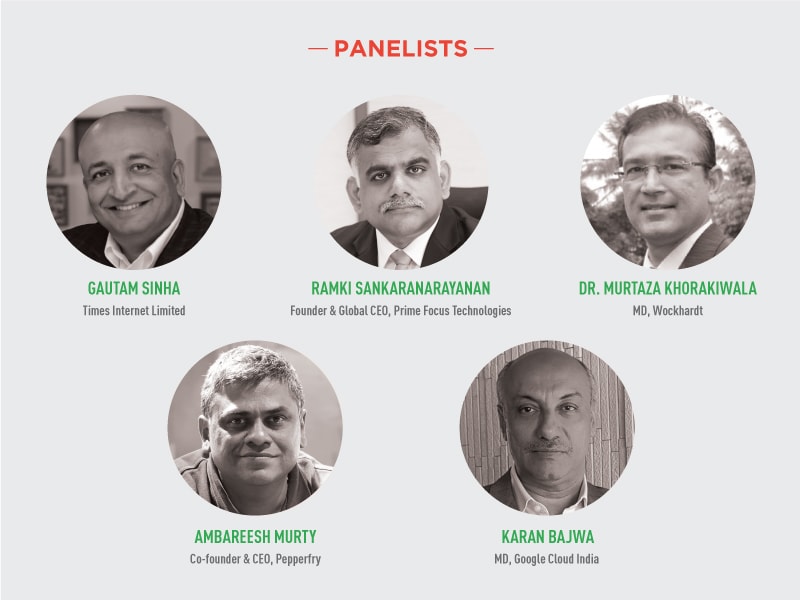
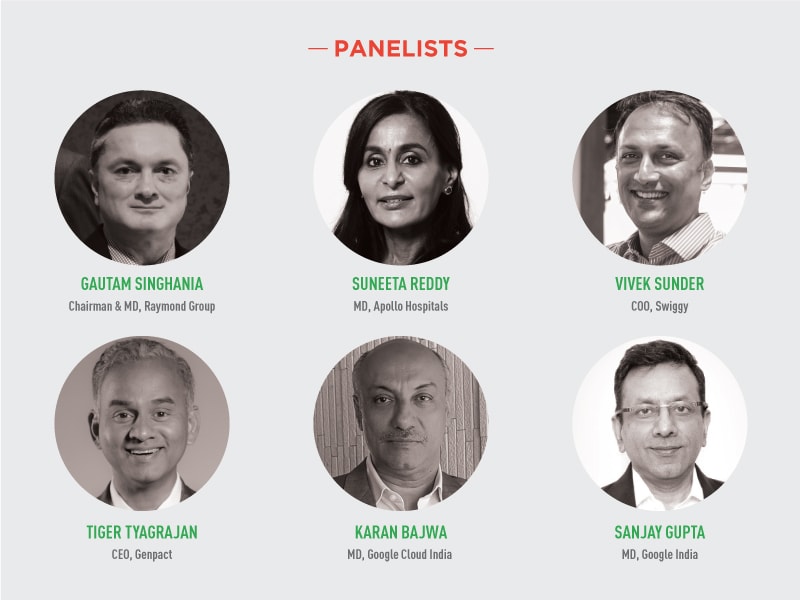

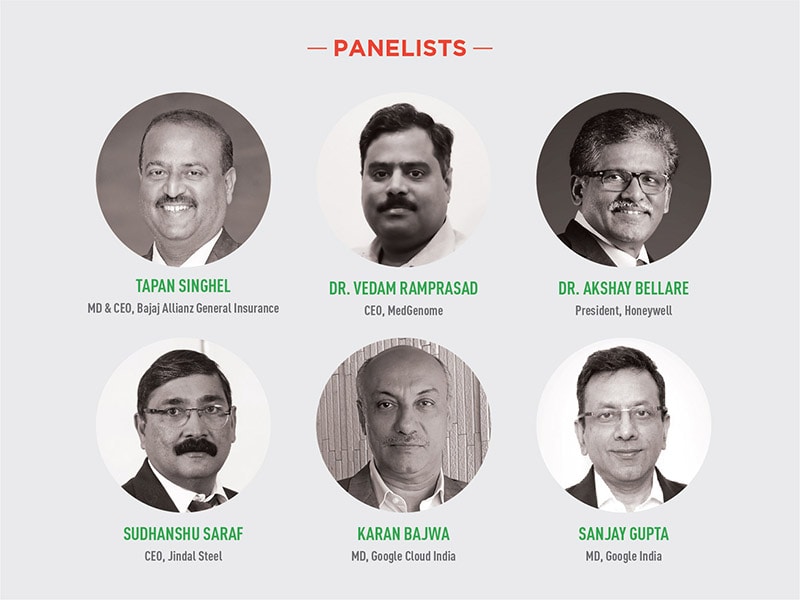
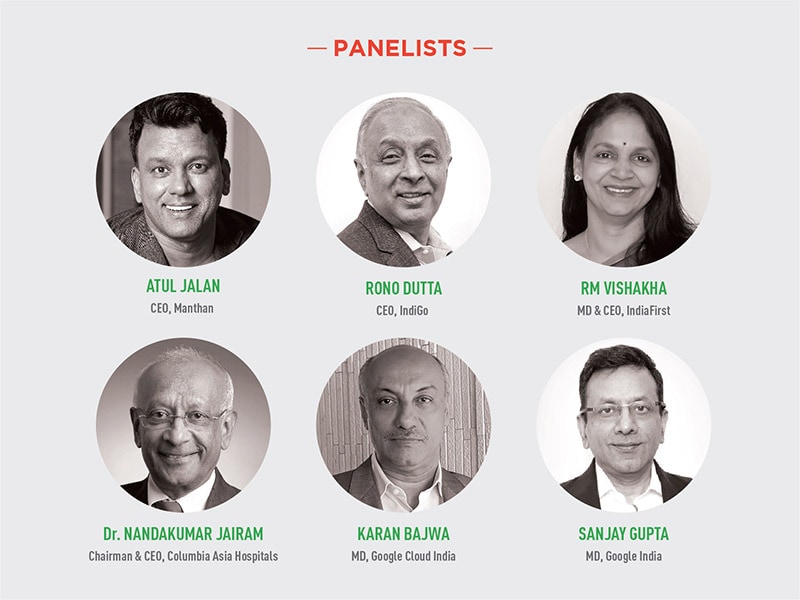
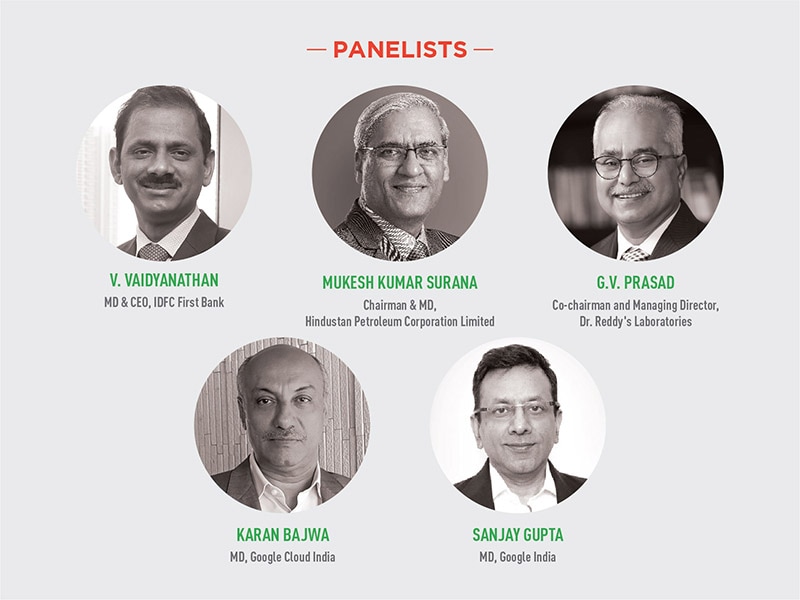

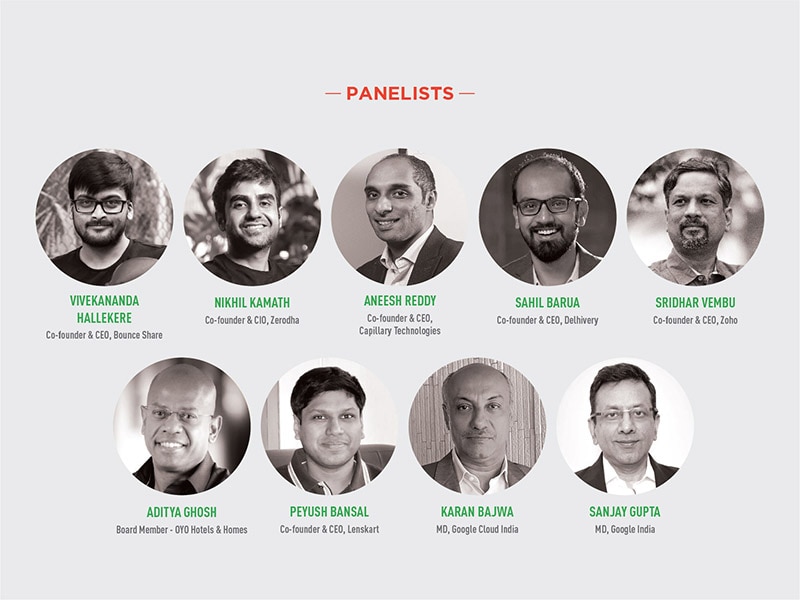

.jpg)











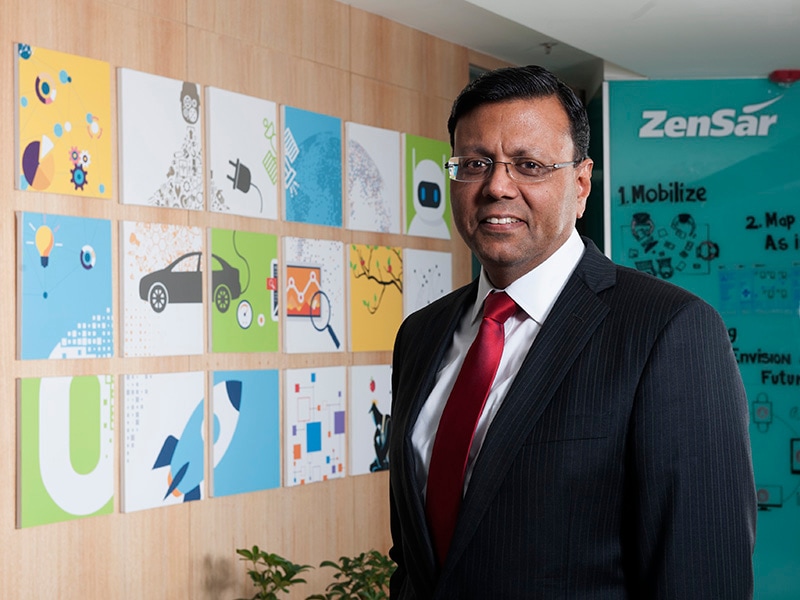











.jpg)






